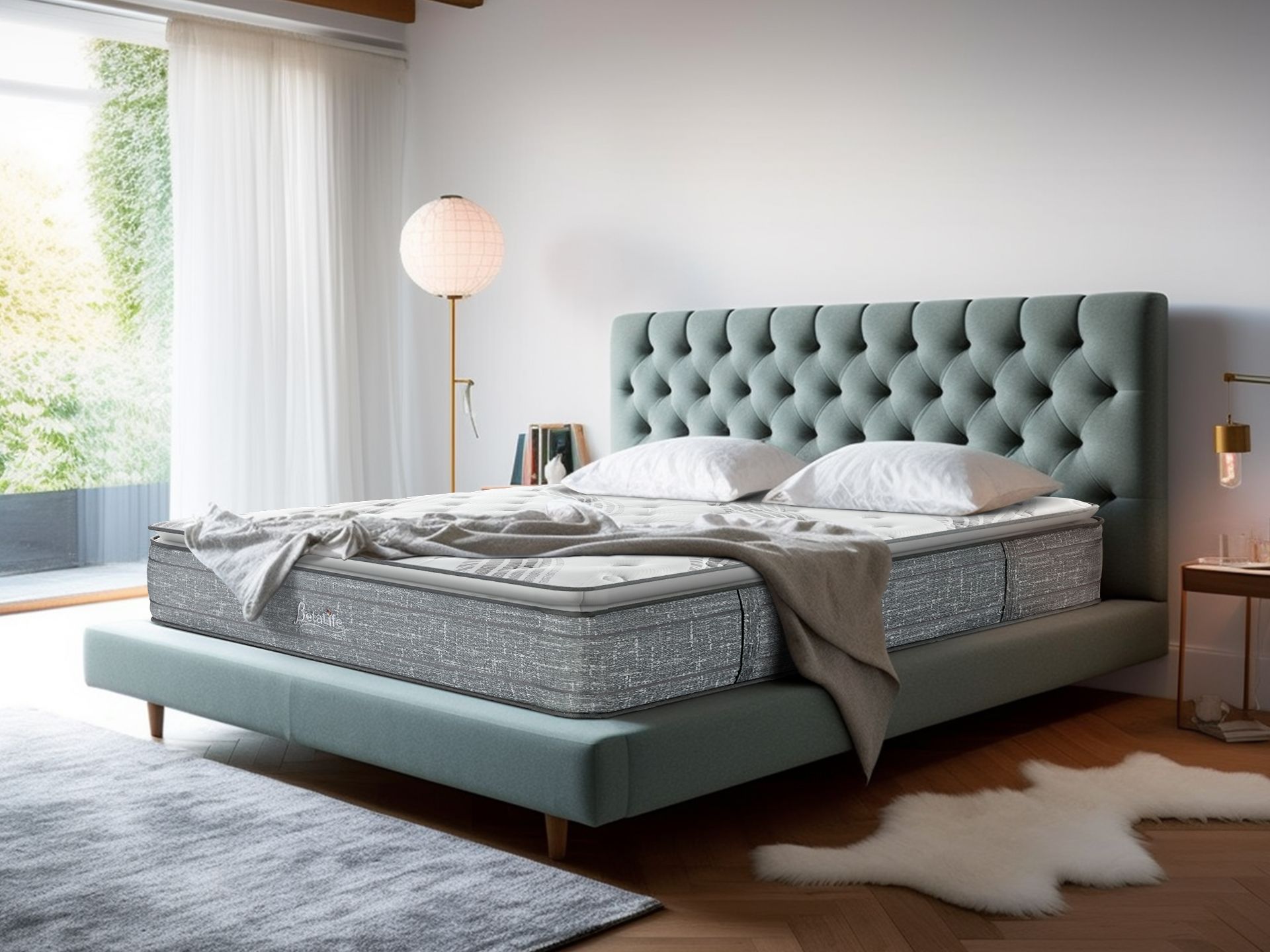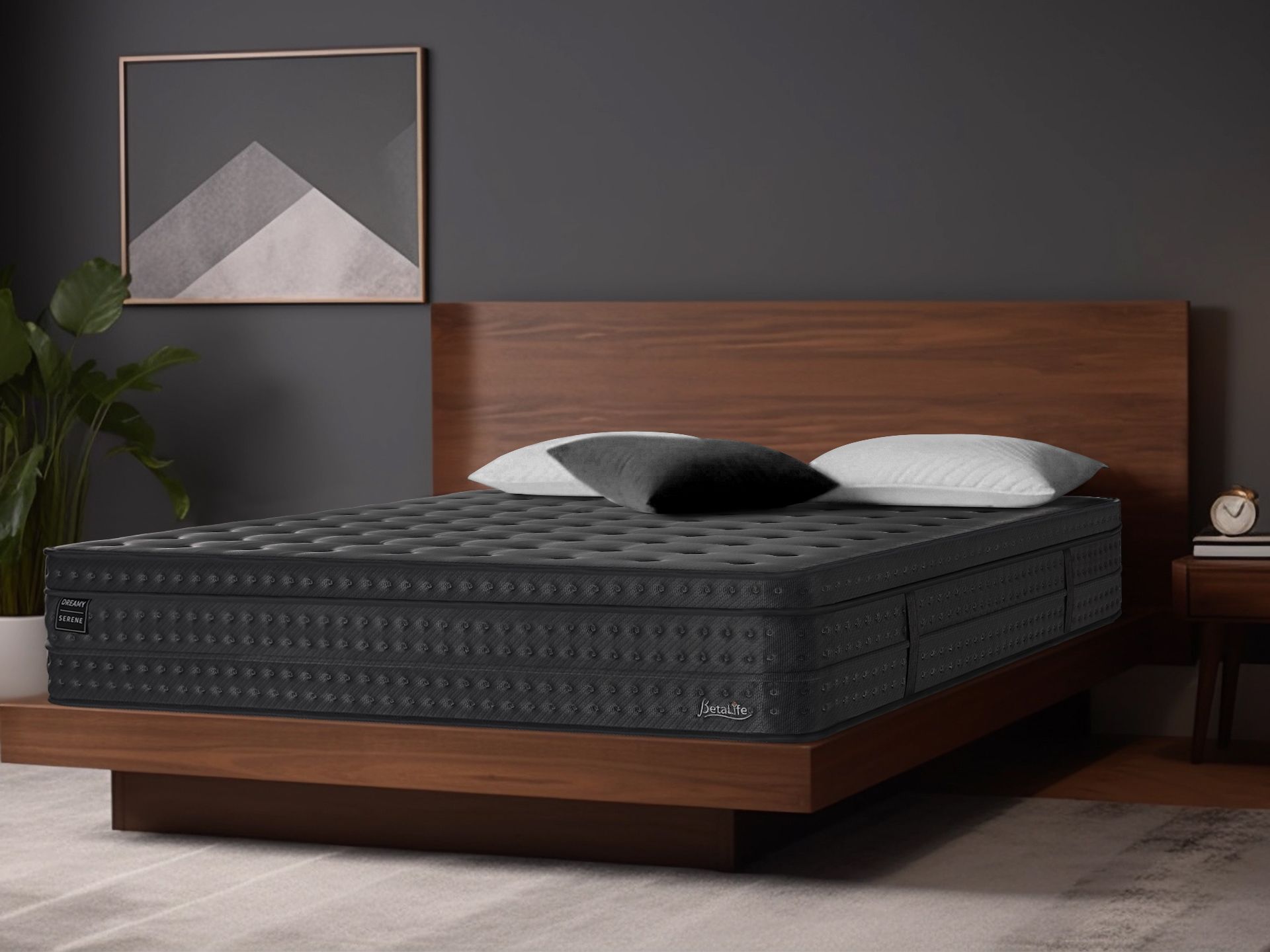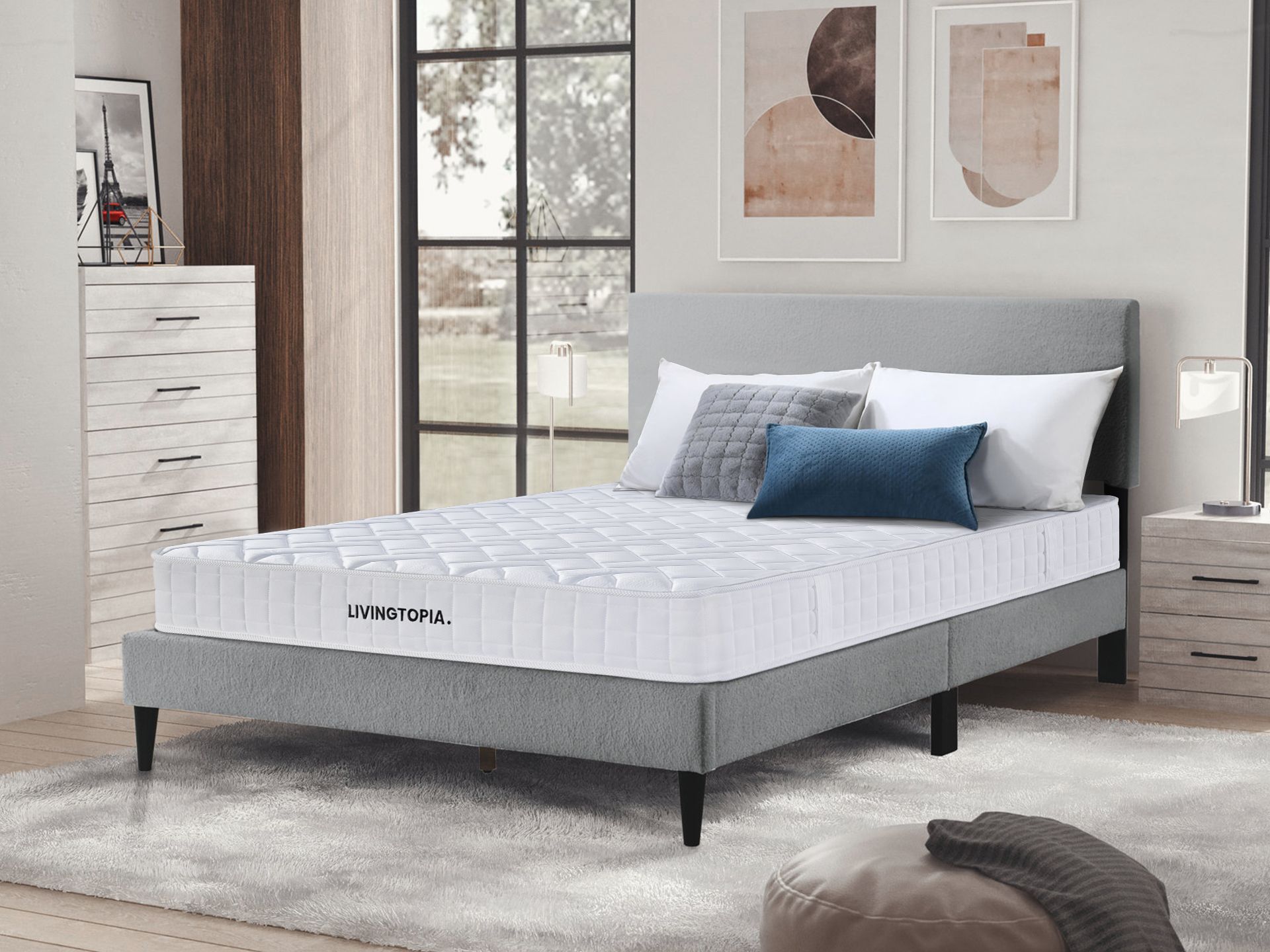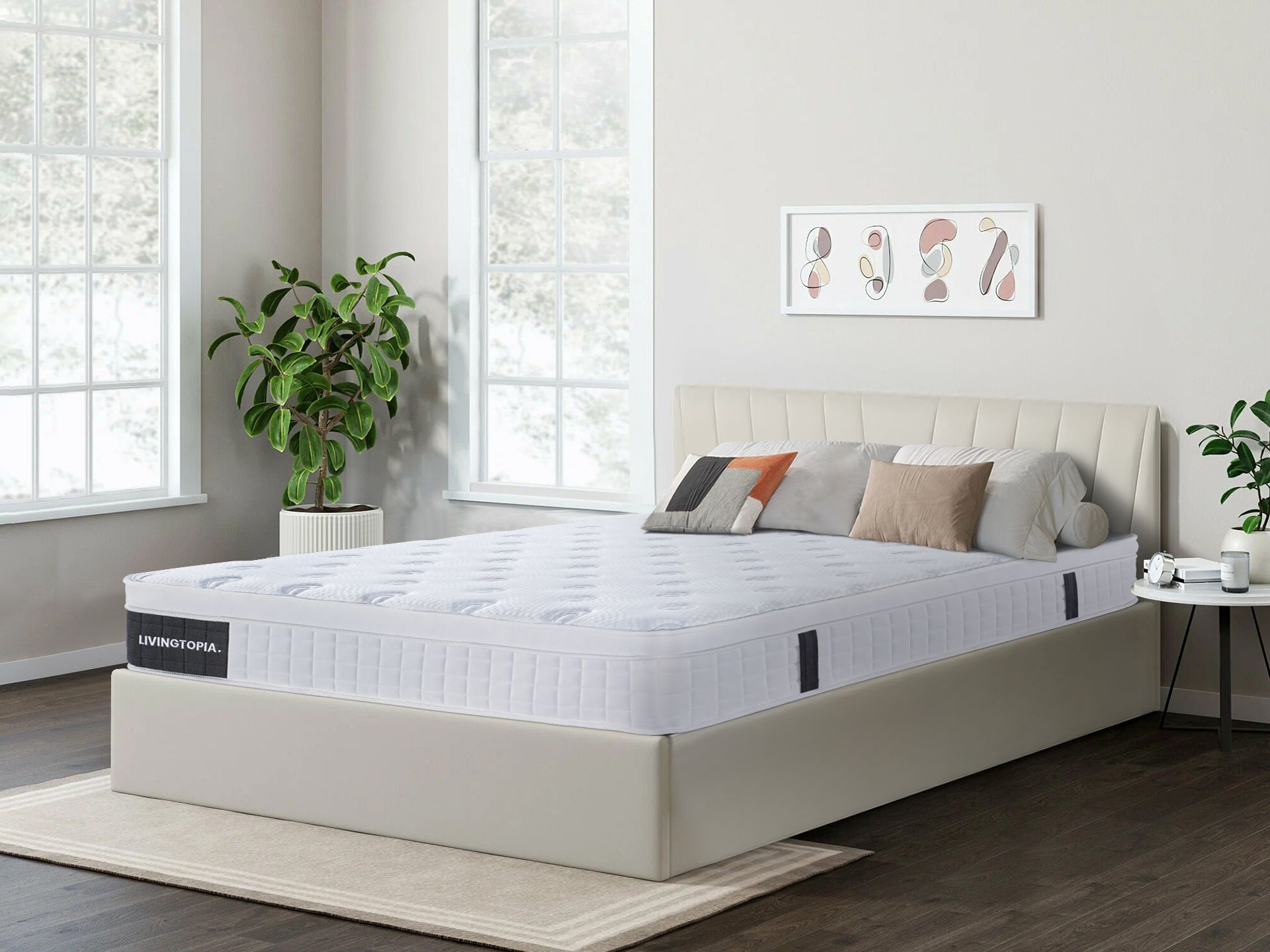If you’re a side sleeper like half the planet (yes, nearly 50% of people prefer this position), you’ve probably had your fair share of restless nights thanks to a mattress that doesn’t support your body correctly. Aches in the hips, shoulders, or even numb arms? Been there, done that. At TreasureBox, we’ve tested hundreds of mattresses—lying, rolling, sitting, and bouncing—to figure out which ones actually work for side sleepers. Spoiler alert: Not all mattresses are as “perfect” as the ads claim.
Let’s break it down.
Firmness: The Foundation of a Good Side Sleeper Mattress
Firmness is the non-negotiable starting point for side sleepers. Too firm, and it feels like sleeping on a gym floor. Too soft, and you’ll sink so much that your spine becomes a question mark. The sweet spot? Usually a 4 to 6 on a firmness scale where 1 is a marshmallow, and 10 is a wooden bench.

How We Tested Firmness
Our team brought in a few testers of varying body weights (from 50kg to 120kg) and had them lie on their sides on different mattresses. Why? Because firmness feels different depending on your weight. Heavier people sink deeper, making a medium-firm mattress feel soft, while lighter folks might find the same mattress feels rock hard.
To add a layer of objectivity, we used our “Mattress Smasher” (yes, it’s as dramatic as it sounds). This device presses into the mattress to measure firmness and responsiveness under pressure. The results don’t lie: side sleepers need a surface that gives enough to cradle pressure points like the hips and shoulders without letting the rest of the body sink too far.
Key Finding: Mattresses above a 7 firmness rating caused pressure buildup on testers’ shoulders and hips, leading to discomfort within just 20 minutes.
Feel: Why Your Hips and Shoulders Matter
Firmness is important, but the feel of a mattress determines whether you wake up refreshed or grumpy. Side sleepers need something that contours to their bodies—think of it as the difference between lying on a cloud and lying on a park bench.
During our tests, memory foam mattresses stood out for their ability to hug curves and relieve pressure. For example, testers consistently gave foam models an average score of 8/10 for pressure relief, compared to 6/10 for hybrid models. However, not everyone loves that sinking feeling, especially people who toss and turn.
Hybrid mattresses, which combine foam with coils, scored higher for responsiveness. Testers noted that hybrids felt springier, making it easier to switch positions without feeling “stuck.” If you move a lot during the night, hybrids may be a better choice.

Real Talk:
If your hips and shoulders feel like they’re being squashed after a night on your mattress, it’s time for a change. Side sleepers need contouring, not resistance.
Temperature: Stop Sweating the Hype
Here’s a fun fact: nearly 60% of sleepers complain about waking up too hot, and side sleepers are particularly vulnerable because more of their body touches the mattress. Despite all the talk about “cooling technology,” many mattresses don’t live up to the claims.
Our testers measured surface temperatures after 8 hours of use in a controlled 20°C room. The results:
- Memory Foam: Average surface temperature of 28°C—a bit too warm for comfort.
- Hybrids with Gel Layers: Surface temps stayed around 24°C, significantly cooler.
- Latex Mattresses: The coolest option, with an average of 22°C, thanks to naturally breathable materials.
Our Advice:
If you’re a hot sleeper, avoid dense foam mattresses unless they’re gel-infused. Hybrids and latex models are far better for airflow and temperature regulation.

Motion Isolation: The Relationship Saver
Sharing a bed? Then you know how annoying it is to feel every move your partner makes—or worse, your dog jumping on and off. For side sleepers, motion isolation isn’t just about comfort; it can make or break a good night’s sleep.
We tested this by placing a 500ml glass of water on one side of the mattress and rolling around on the other. The best performers, unsurprisingly, were memory foam mattresses, which barely caused a ripple. Hybrids weren’t far behind but showed more bounce due to their coil layers.
Pro Tip: If you share your bed, prioritize mattresses with high motion isolation ratings. No one wants to wake up every time someone sneezes.
Edge Support: Is It a Big Deal?
Edge support often gets overlooked, but it’s important, especially for side sleepers who tend to spread out or share the bed. A mattress with good edge support ensures you can use the full surface without feeling like you’ll roll off.
We tested edge compression by having testers sit, lie, and press down on the mattress edges. The results were clear: mattresses with reinforced edges (usually hybrids) felt sturdier, while all-foam models compressed significantly under weight.
That said, edge support doesn’t directly affect sleep comfort. If you’re tight on budget, skipping this feature is fine as long as you’re okay with a less sturdy edge when sitting.

Mattresses Side Sleepers Should Avoid
Not every mattress is side-sleeper-friendly. Some models we tested were downright uncomfortable for this sleeping position:
- Ultra-Firm Models: Scored an abysmal 3/10 for pressure relief.
- Basic Innersprings: Lack contouring and feel bouncy, which disrupts sleep.
- Thin Foam Mattresses: Don’t provide enough support for hips and shoulders, especially for heavier individuals.
Tips for Better Side Sleeping
- Invest in a Good Pillow: A proper side sleeper pillow should be loftier (10-12cm) to keep your neck aligned with your spine.
- Use a Knee Pillow: This reduces pressure on your lower back and keeps your hips aligned.
- Try a Mattress Topper: Not ready to splurge on a new mattress? A soft topper can improve the feel of your current bed.

FAQs for Side Sleepers
What’s the best mattress type for side sleepers?
Memory foam or hybrid mattresses work best because they contour to your curves and relieve pressure. Look for models rated medium-soft to medium.
Should side sleepers avoid firm mattresses?
Yes, mostly. Firm mattresses don’t offer enough give for hips and shoulders, leading to discomfort.
Is edge support essential for side sleepers?
Not really. It’s more about convenience and maximizing usable space. If you sleep alone, edge support might not matter as much.
At TreasureBox, we’ve tested hundreds of mattresses, so you don’t have to. Side sleepers, we hear you—and we’ve got the solutions. Check out our collection of side-sleeper-friendly options that combine pressure relief, comfort, and durability. Your shoulders and hips will thank you!
Buy the best mattress for side sleepers.

